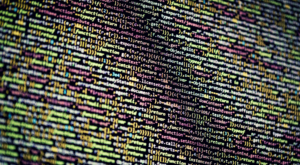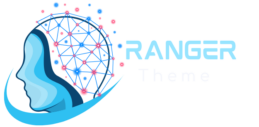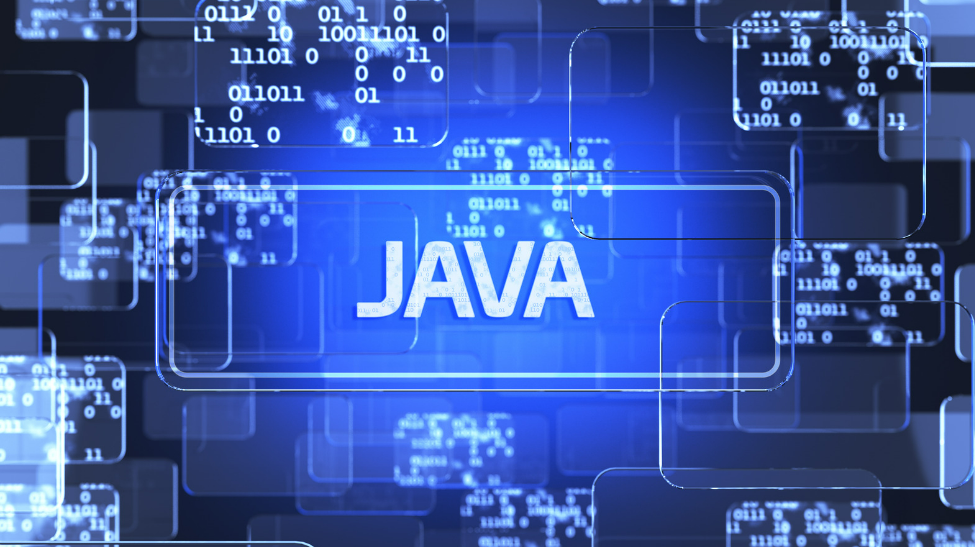As a seasoned blogger in the tech space, I’ve always been fascinated by the diverse world of programming languages and their unique applications. From the robust functionality of languages like Python to the efficiency of C++, each language brings its own set of strengths to the table. Whether you’re delving into web development, data analysis, or mobile app creation, choosing the right programming language can make all the difference in the success of your project. Understanding the strengths and weaknesses of different languages is crucial for developers looking to optimize their coding practices and stay ahead in the ever-evolving tech industry.
Programming Languages and their Uses
From Machine Code to High-Level Languages
 I find it fascinating how programming languages have evolved over time, transitioning from complex machine code to more human-readable high-level languages. Initially, programmers had to write instructions in binary, representing each command with combinations of 0s and 1s. As technology advanced, higher-level languages like Fortran and COBOL emerged, allowing developers to write code using instructions that resembled human language.
I find it fascinating how programming languages have evolved over time, transitioning from complex machine code to more human-readable high-level languages. Initially, programmers had to write instructions in binary, representing each command with combinations of 0s and 1s. As technology advanced, higher-level languages like Fortran and COBOL emerged, allowing developers to write code using instructions that resembled human language.
Exploring the history of programming languages reveals key milestones that have shaped the modern coding landscape. For instance, the creation of C in the 1970s by Dennis Ritchie laid the foundation for many other languages, including C++, Java, and Python. Each language brought unique features and capabilities, catering to different aspects of software development. The development of object-oriented languages like Java introduced concepts such as classes and inheritance, enhancing code reusability and modularity.
Popular Programming Languages Today
JavaScript and Web Development
 JavaScript is a versatile language used extensively in web development. It’s pivotal for creating dynamic and interactive websites. I can quickly develop client-side scripts that run in web browsers, enhancing user experience. Alongside HTML and CSS, JavaScript forms the backbone of front-end development. With popular frameworks like React and Angular, JavaScript is crucial for building modern web applications with interactive interfaces.
JavaScript is a versatile language used extensively in web development. It’s pivotal for creating dynamic and interactive websites. I can quickly develop client-side scripts that run in web browsers, enhancing user experience. Alongside HTML and CSS, JavaScript forms the backbone of front-end development. With popular frameworks like React and Angular, JavaScript is crucial for building modern web applications with interactive interfaces.
Python is a powerful programming language, particularly significant in data science applications. It’s my go-to language for data manipulation, analysis, and visualization. Python’s simplicity and readability make it ideal for prototyping and developing machine learning algorithms. Libraries like NumPy, Pandas, and Matplotlib empower me to work efficiently on complex data tasks.
Niche Programming Languages
Languages for Embedded Systems
 Embedded systems require specialized programming languages tailored to their unique constraints. For instance, in my experience, I’ve found that languages like Ada and Embedded-C are commonly used for programming embedded systems. These languages offer features that cater to the specific needs of embedded applications, such as real-time processing, low-level hardware interactions, and memory management. When working on embedded systems projects.
Embedded systems require specialized programming languages tailored to their unique constraints. For instance, in my experience, I’ve found that languages like Ada and Embedded-C are commonly used for programming embedded systems. These languages offer features that cater to the specific needs of embedded applications, such as real-time processing, low-level hardware interactions, and memory management. When working on embedded systems projects.
Domain-specific languages (DSLs) are designed for specific application domains, optimizing development within those areas. In my practice, I’ve encountered DSLs like SQL for database queries, VHDL for hardware description, and Matlab for mathematical computations. These languages offer domain-specific syntax and functionality, streamlining the development process for specialized tasks.
The Future of Programming Languages
As technology advances, the future of programming languages looks promising with exciting innovations expected in new language features. Programming languages will likely focus on enhancing productivity, performance, and security to meet the demands of modern software development. Features such as improved parallel processing capabilities, better error handling mechanisms, and increased compatibility with emerging technologies like quantum computing are anticipated.
The Role of AI in Language Evolution
Artificial Intelligence (AI) is set to play a significant role in the evolution of programming languages. AI-powered tools and frameworks are revolutionizing the way developers write, test, and optimize code. Machine learning algorithms are being utilized to automate code generation, optimize algorithms, and detect bugs, reducing development time and enhancing software quality. Natural Language Processing (NLP) techniques are enabling developers to interact with code using human language, simplifying programming tasks and improving collaboration among team members.

